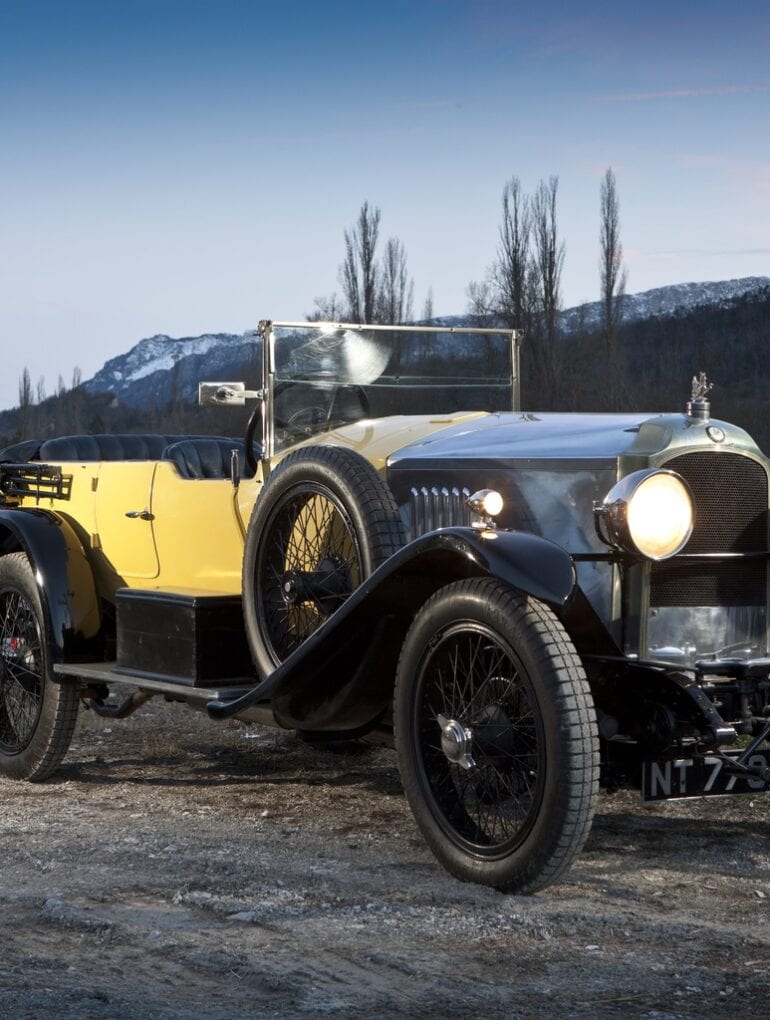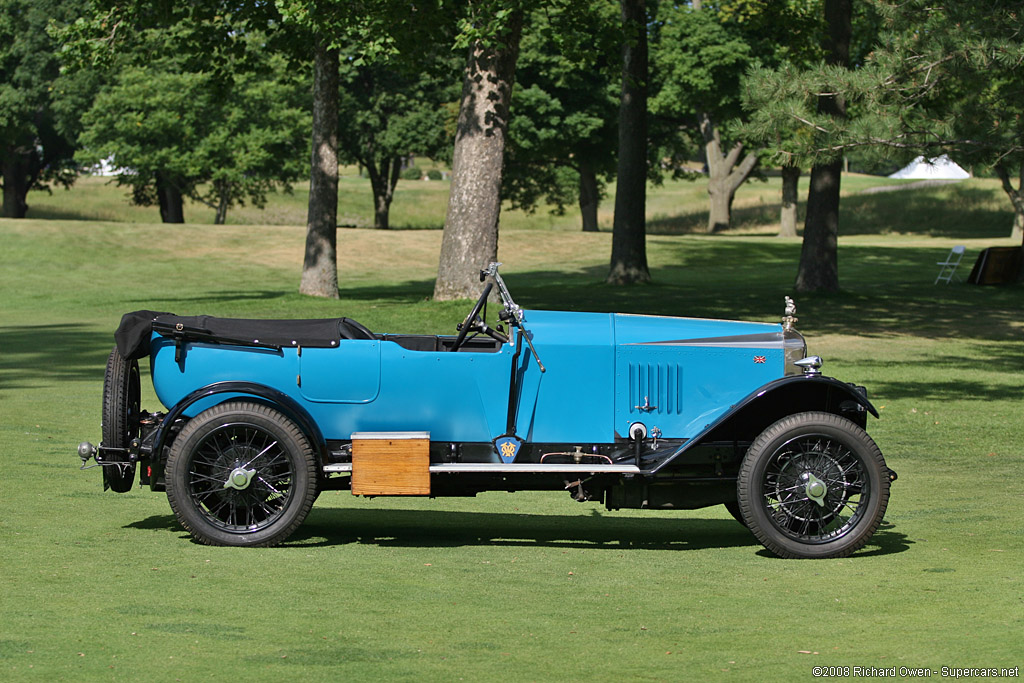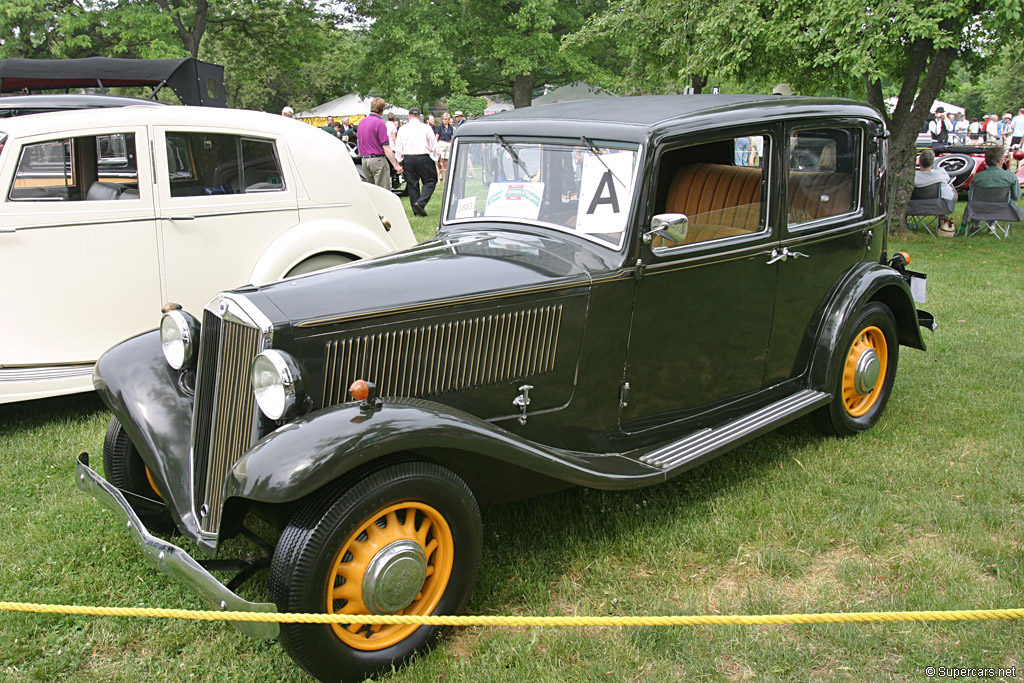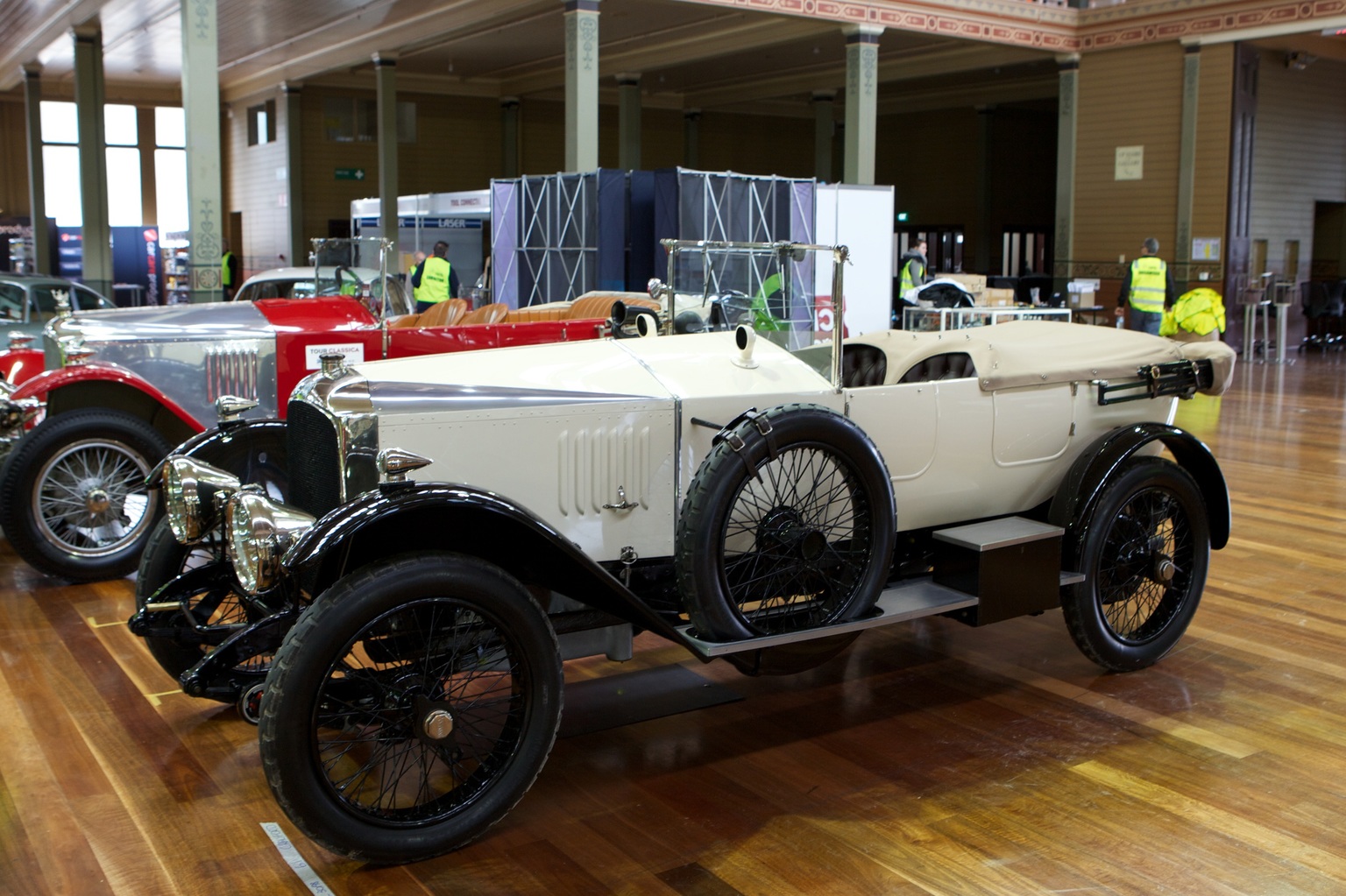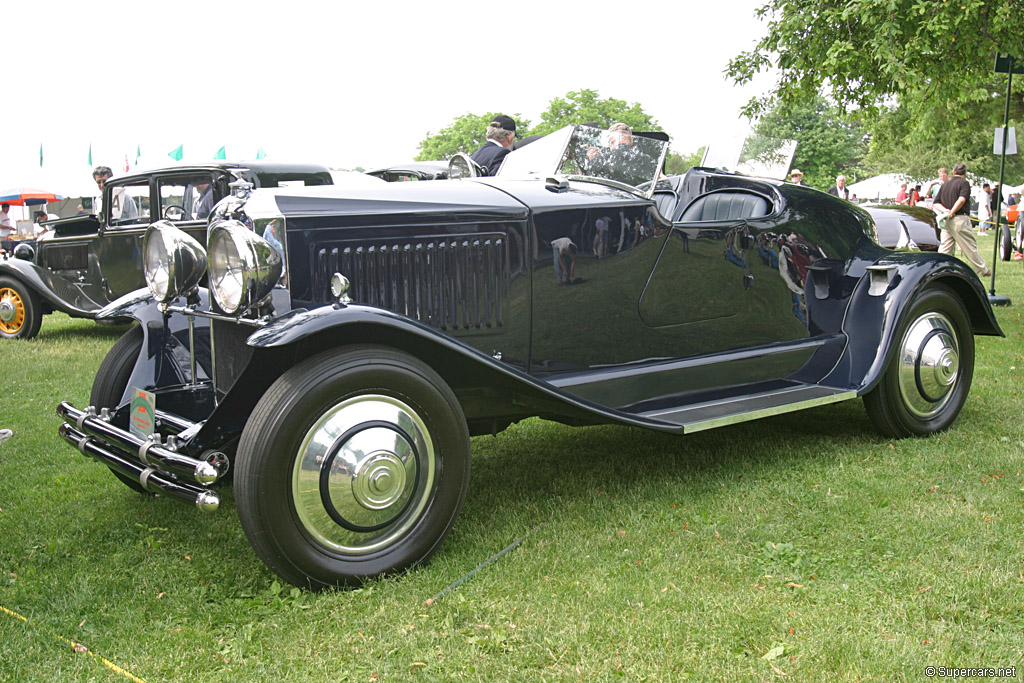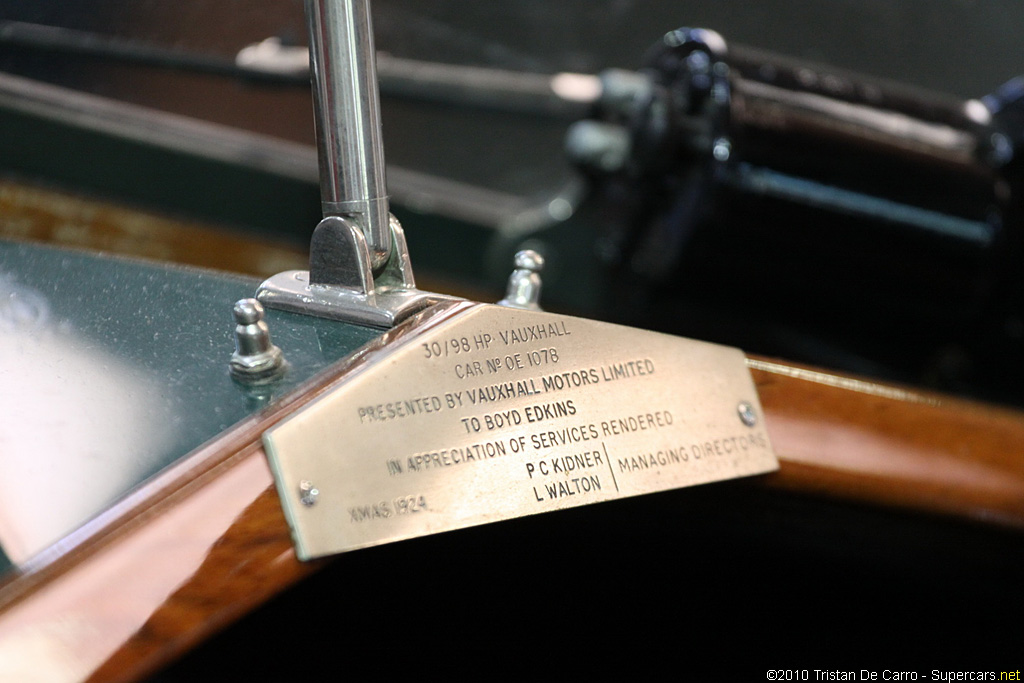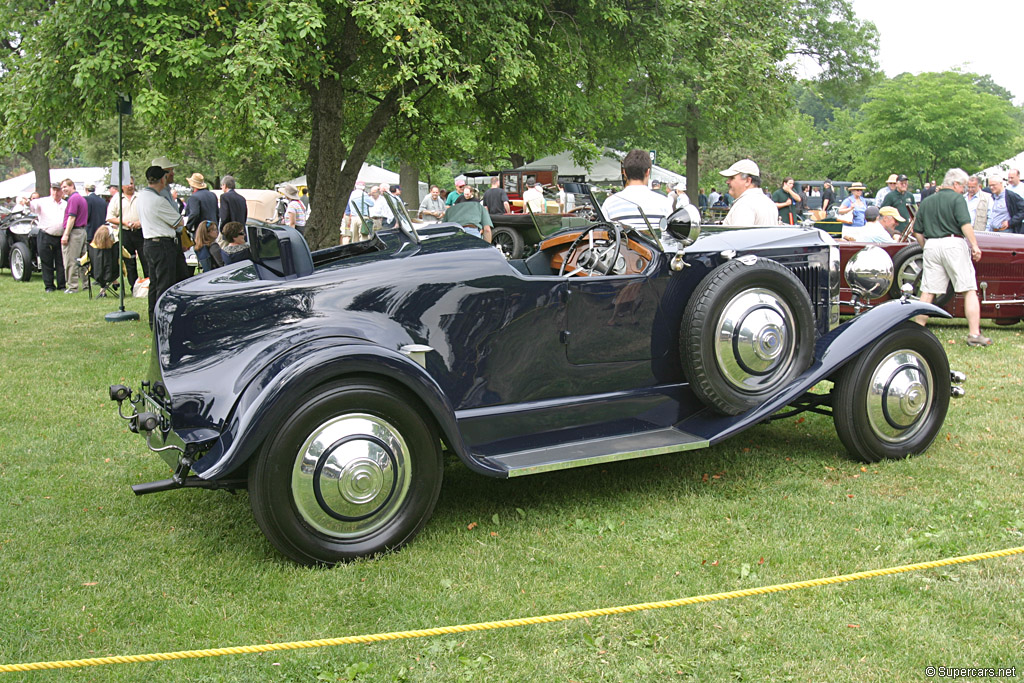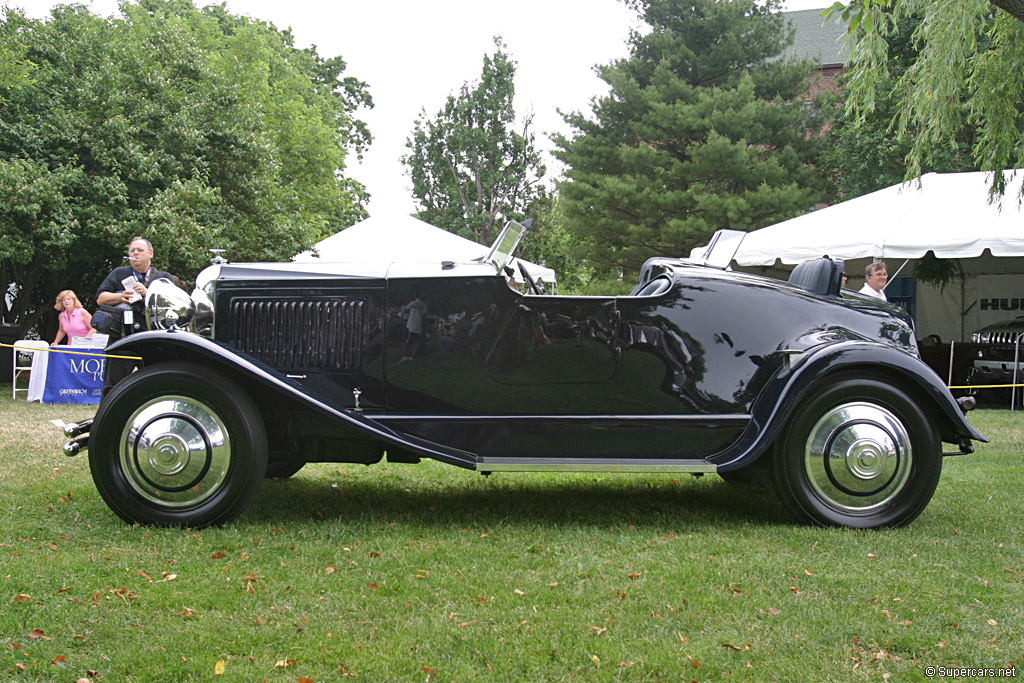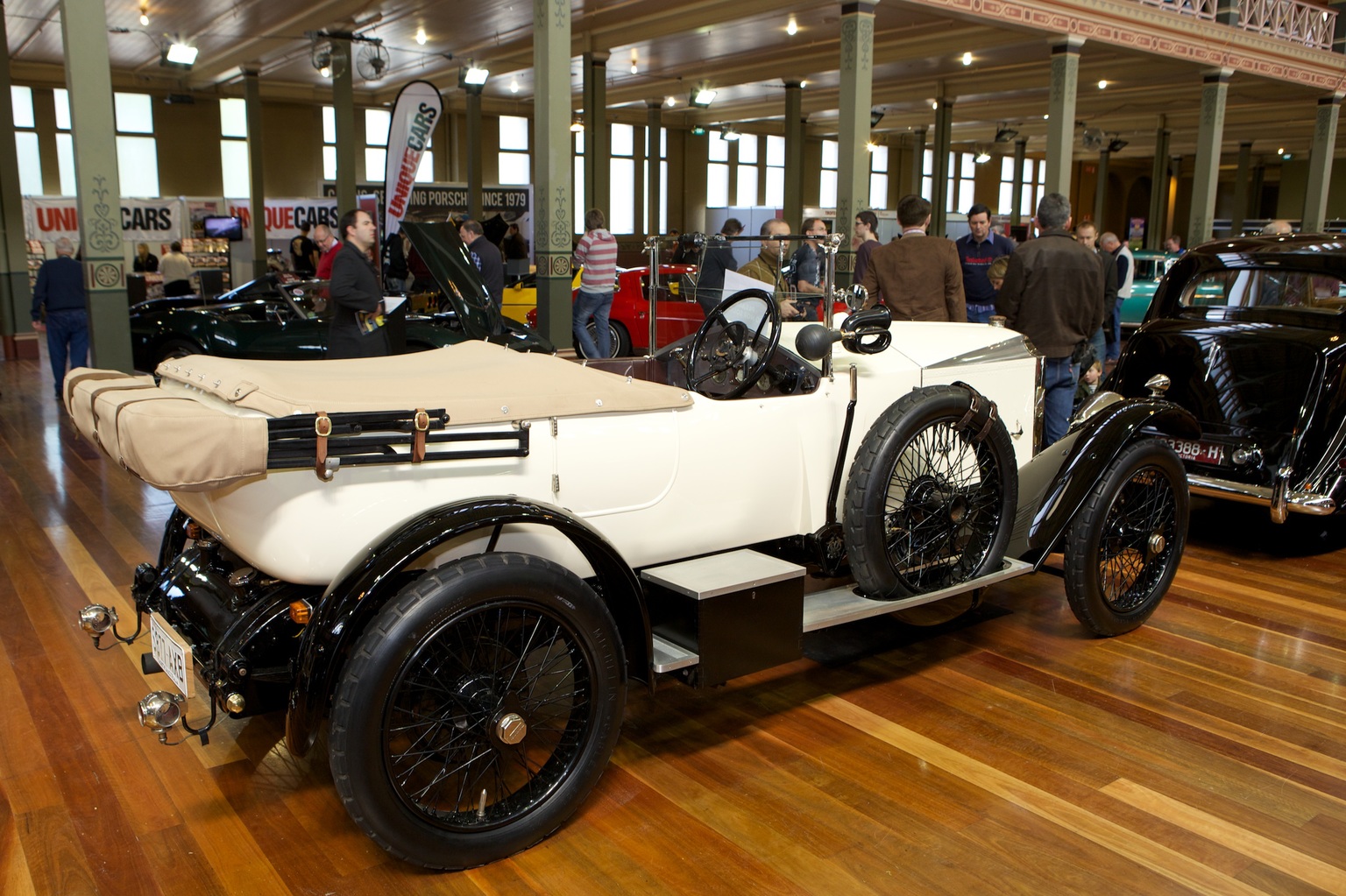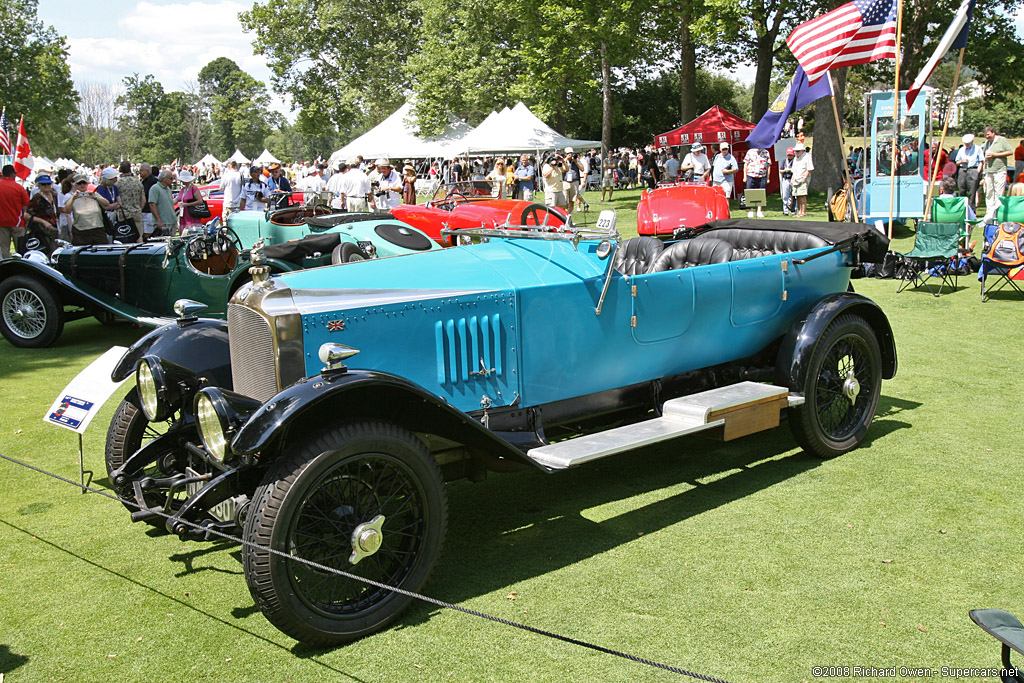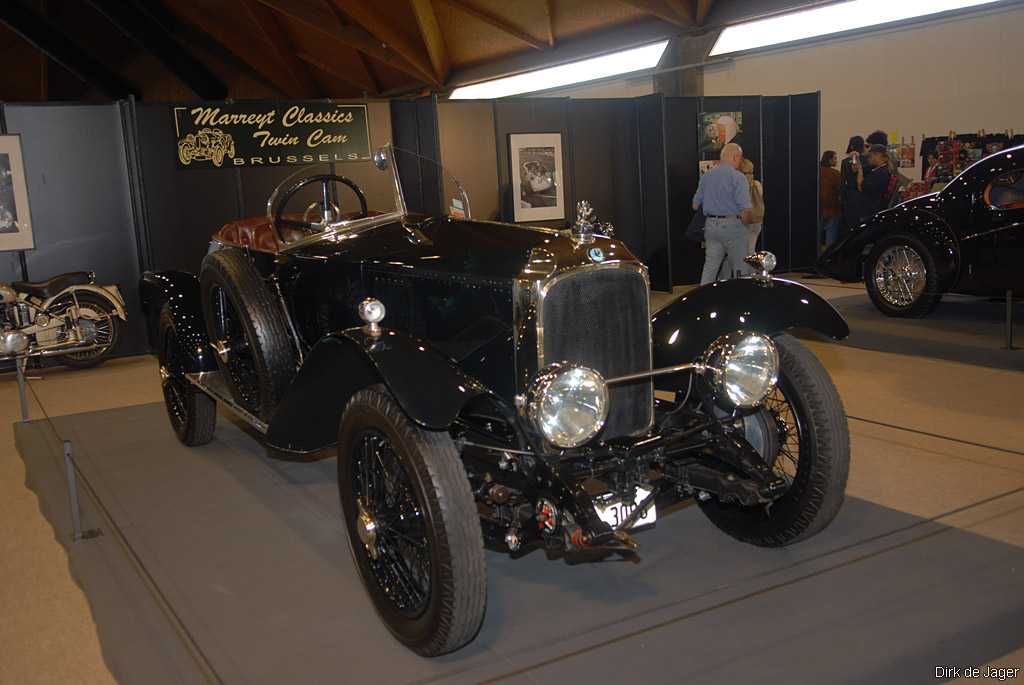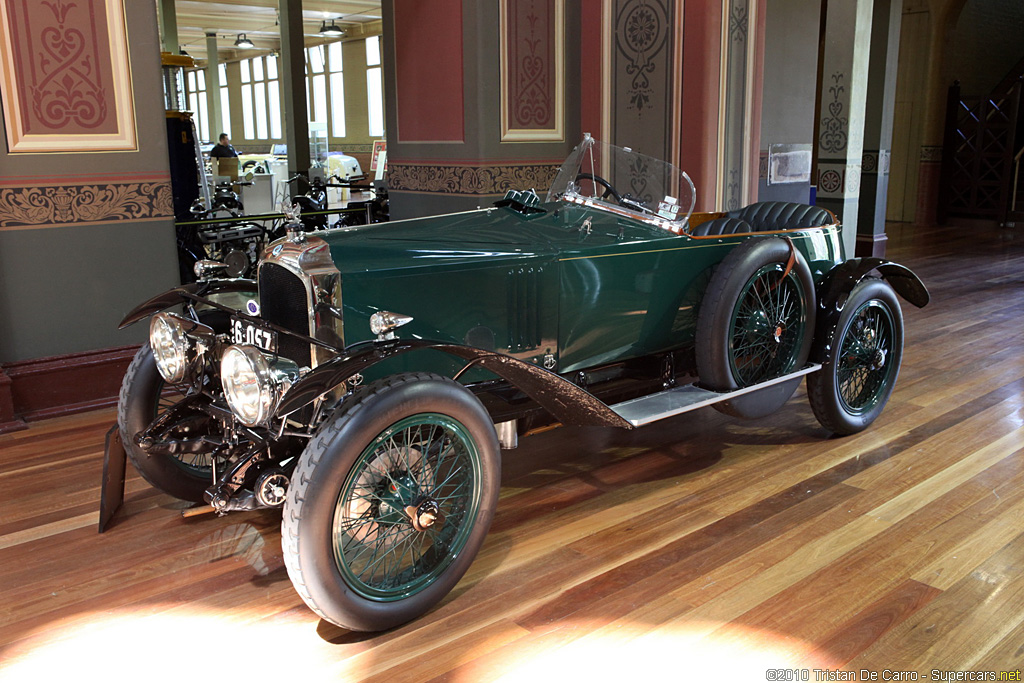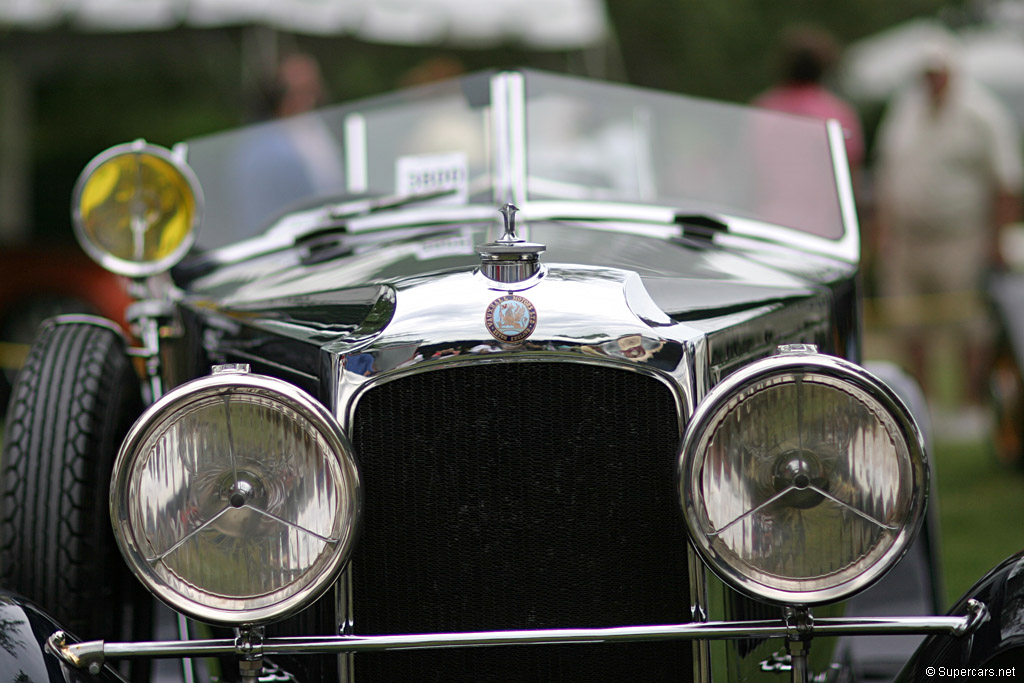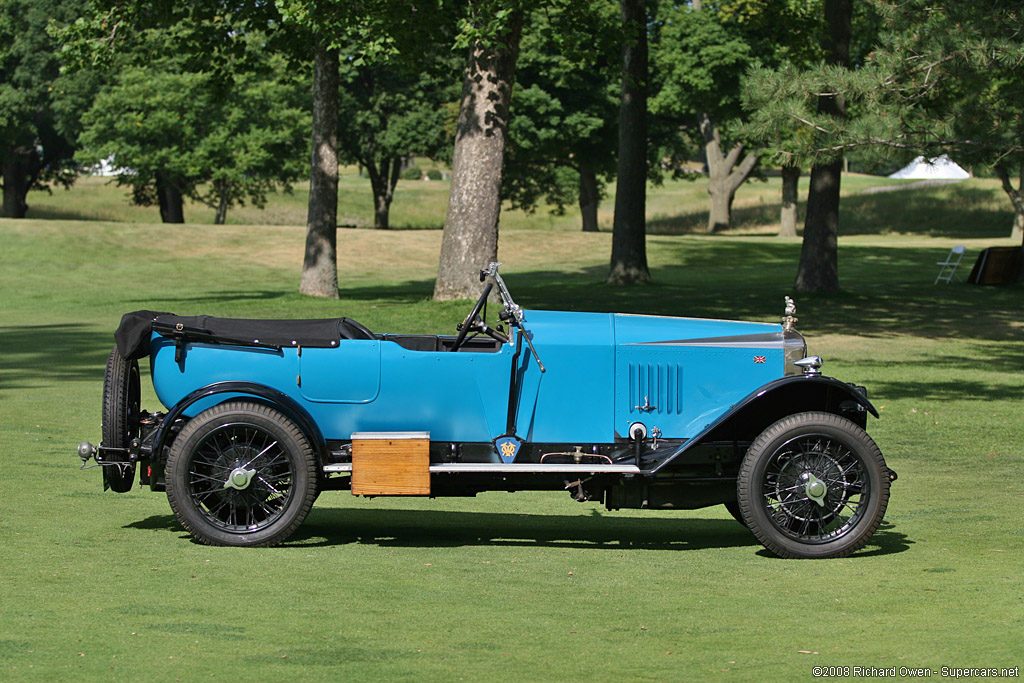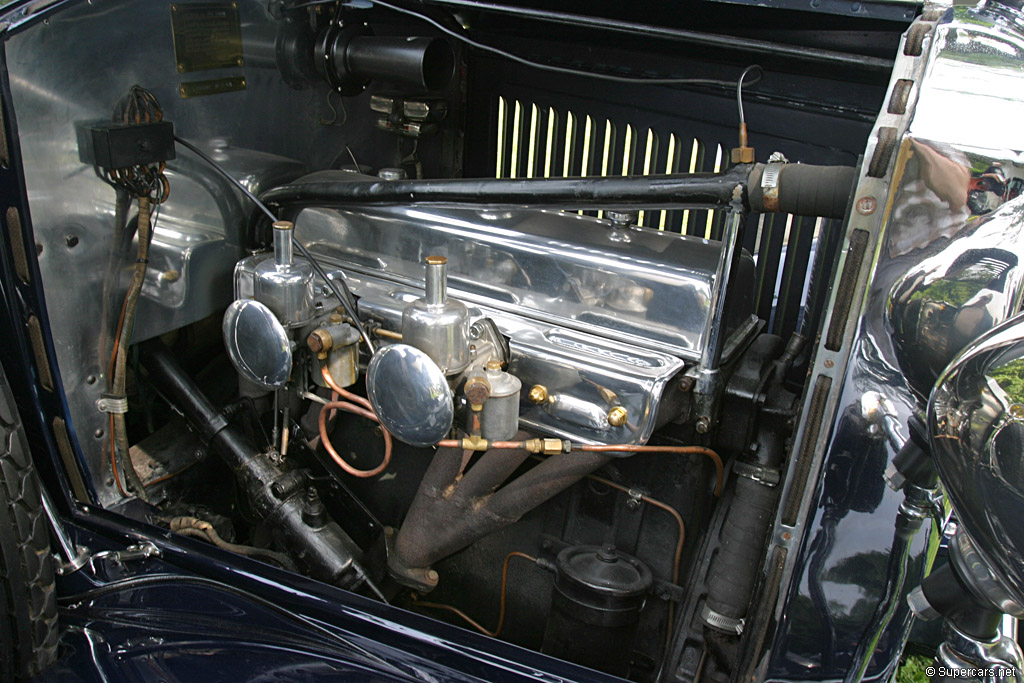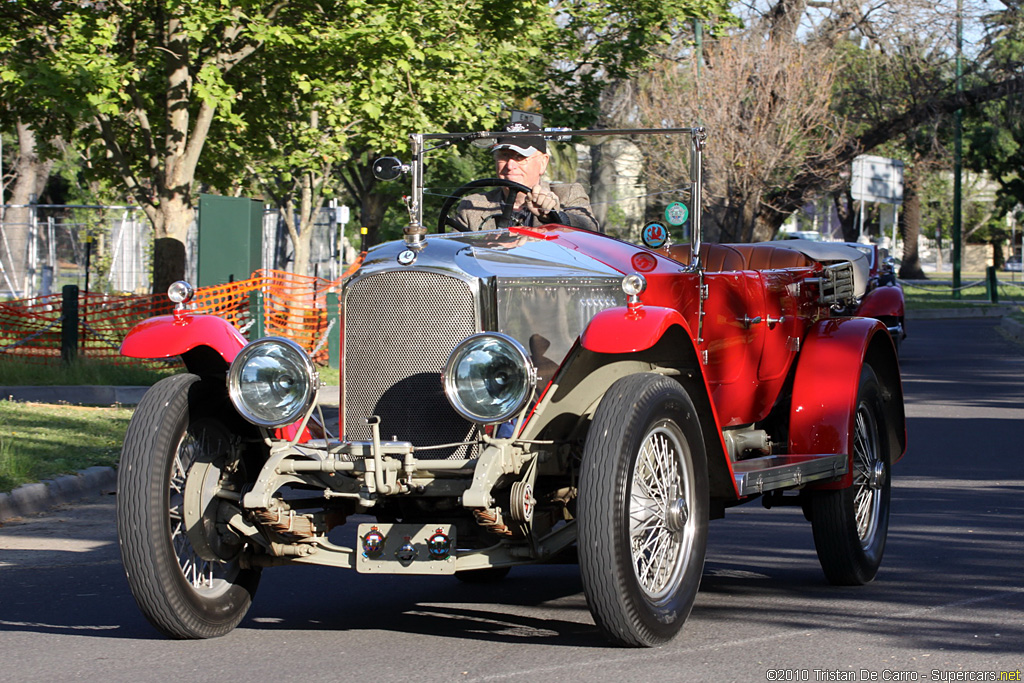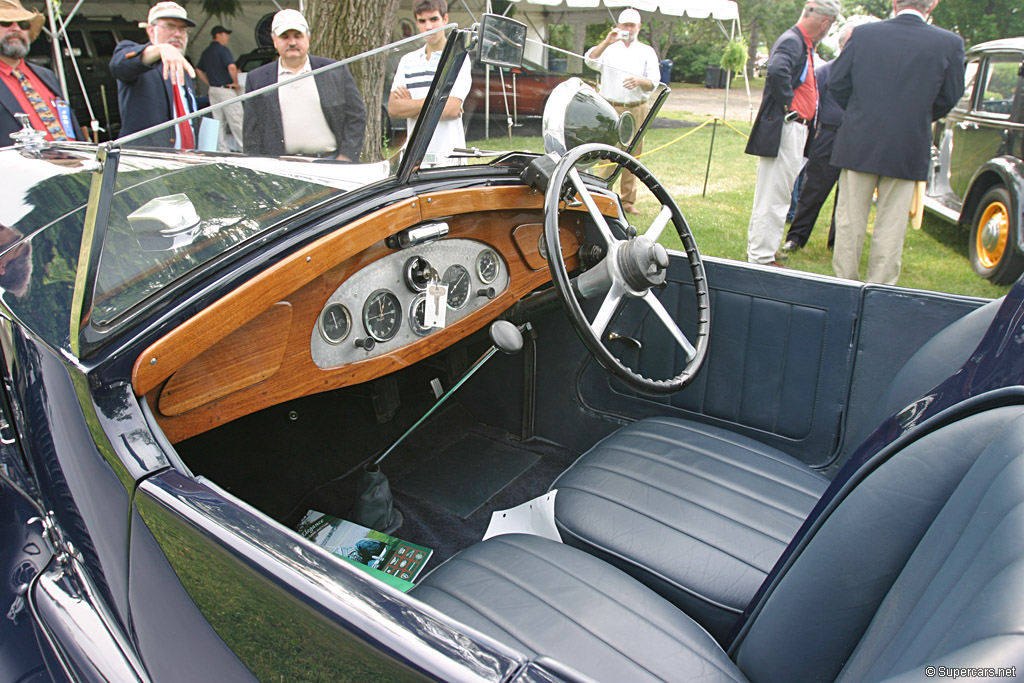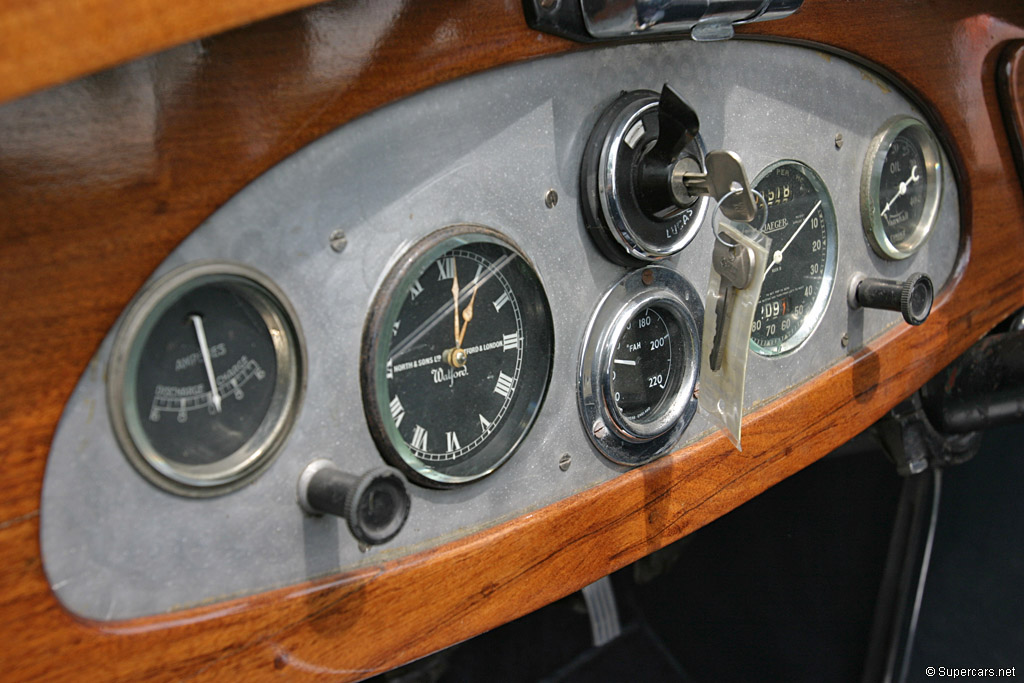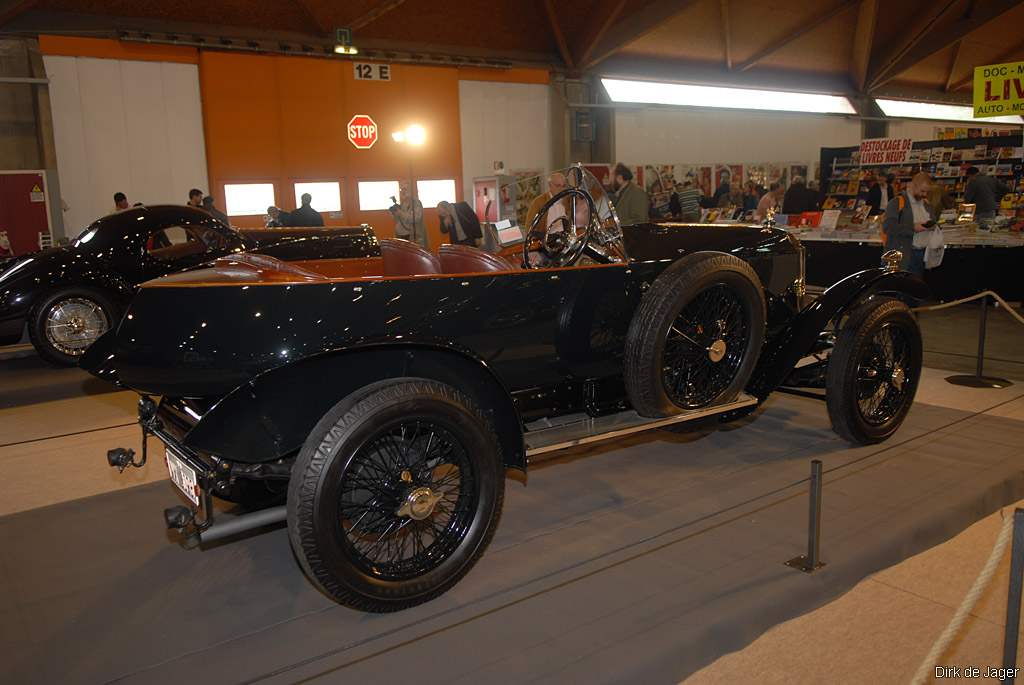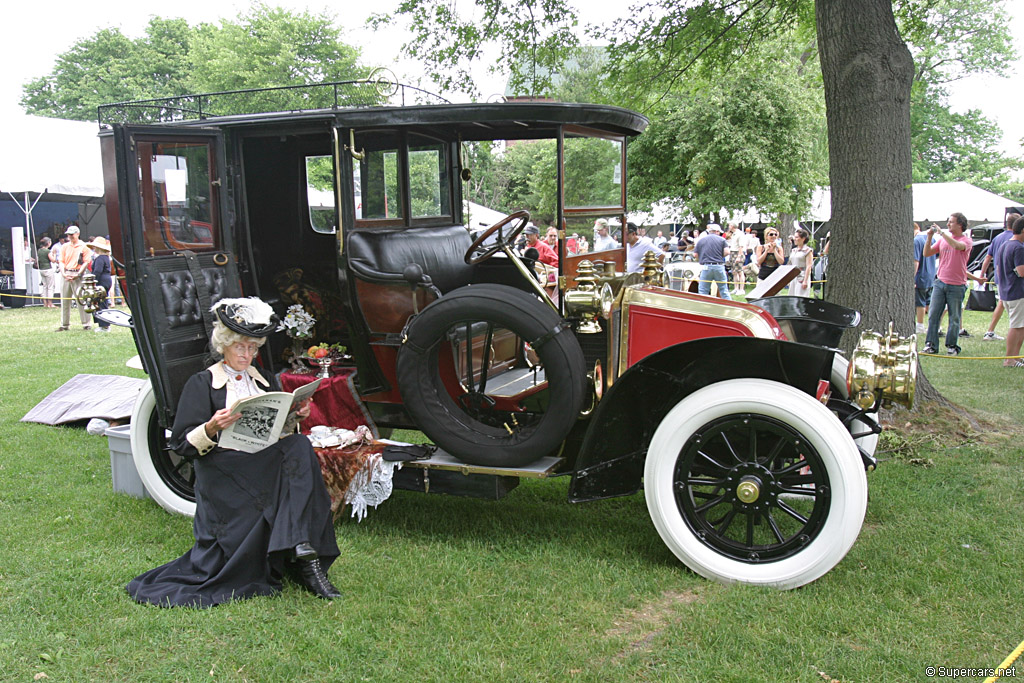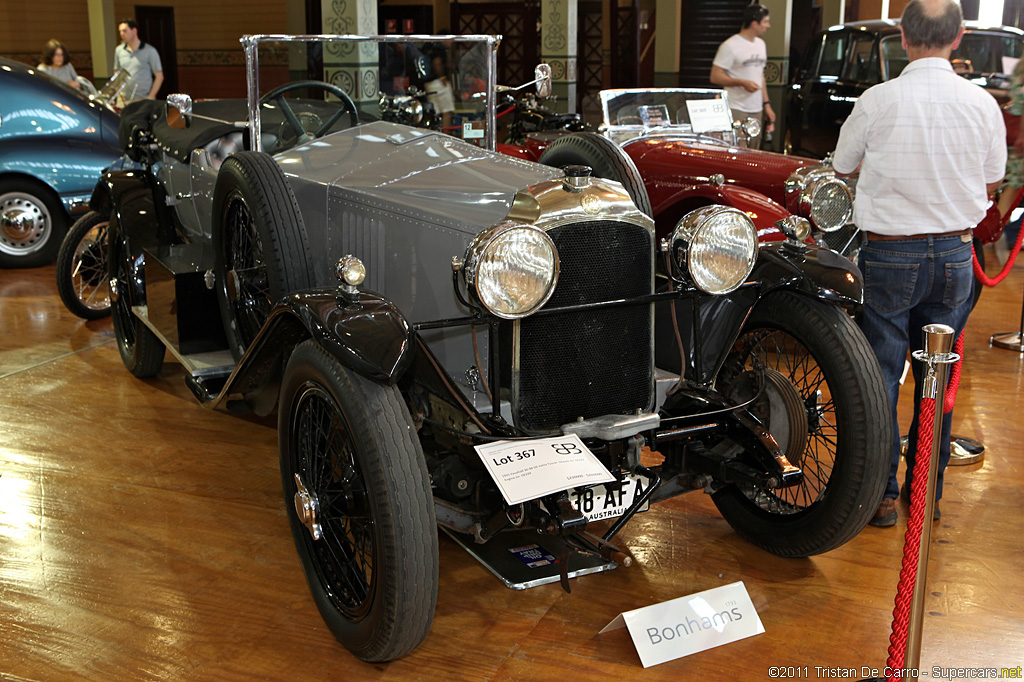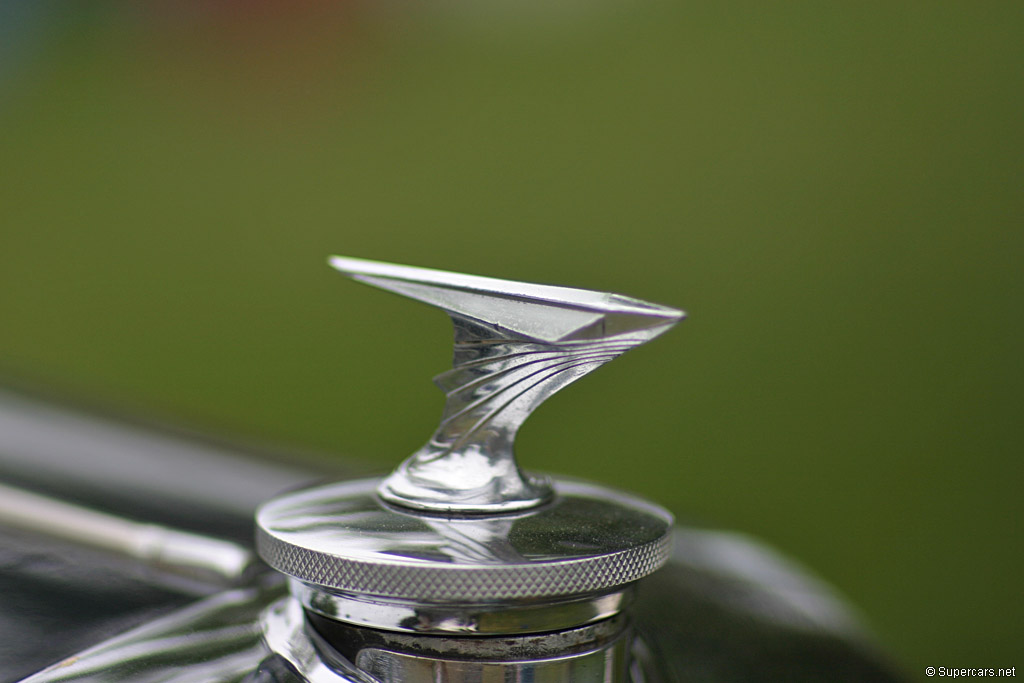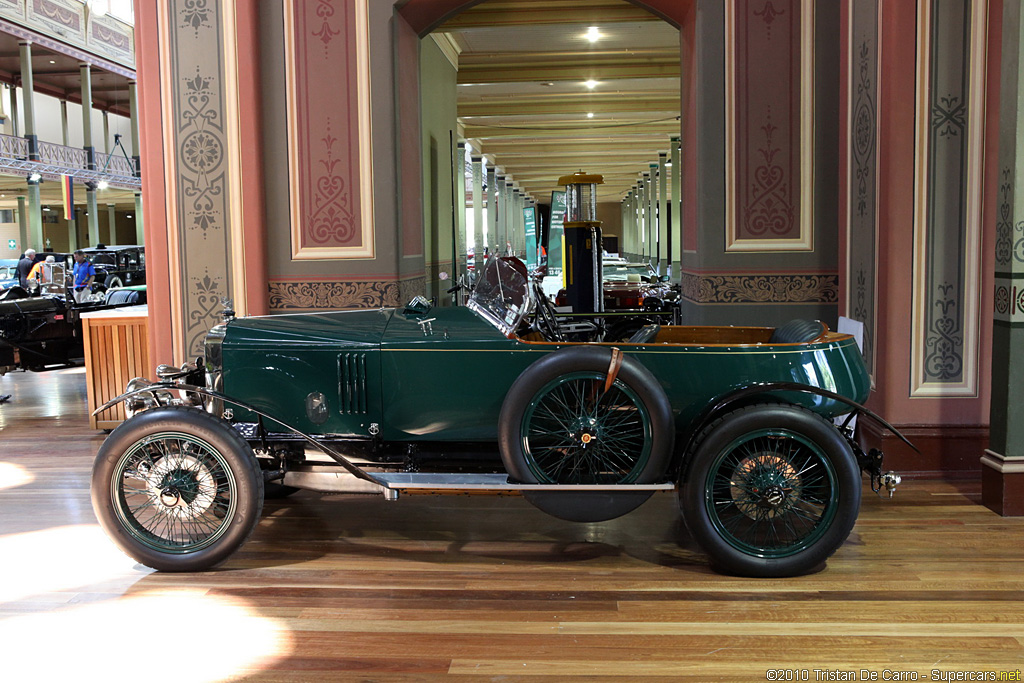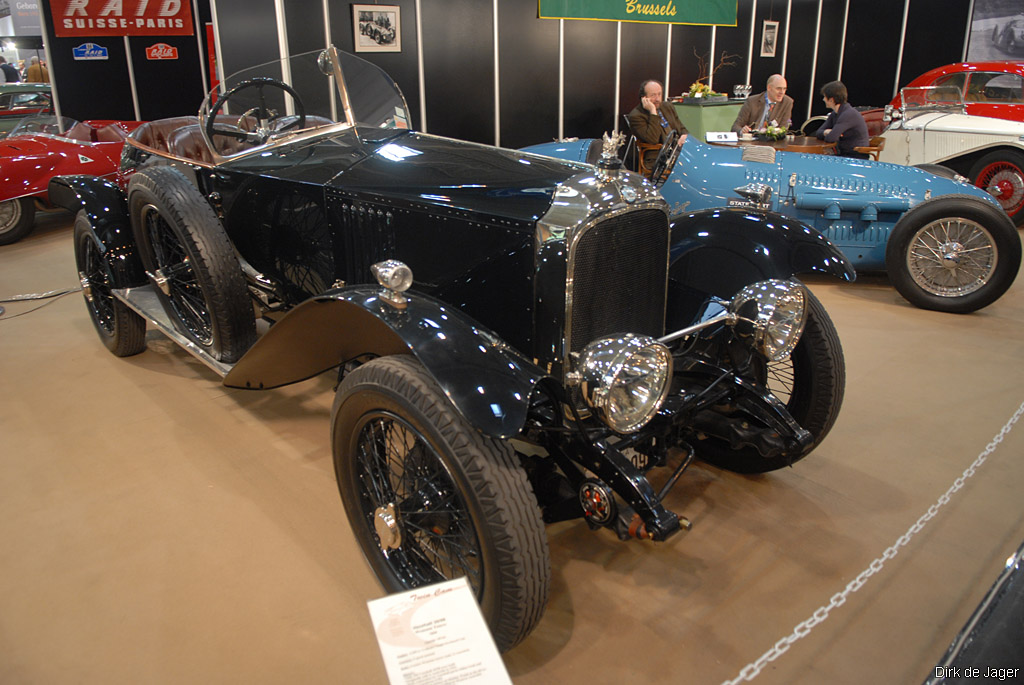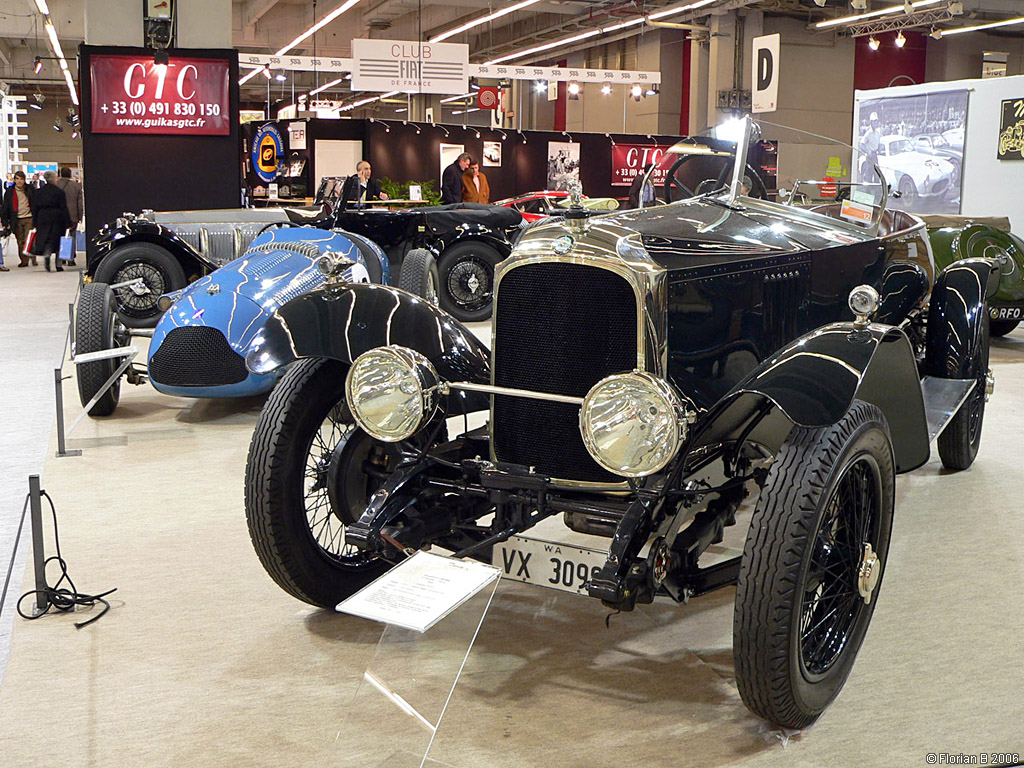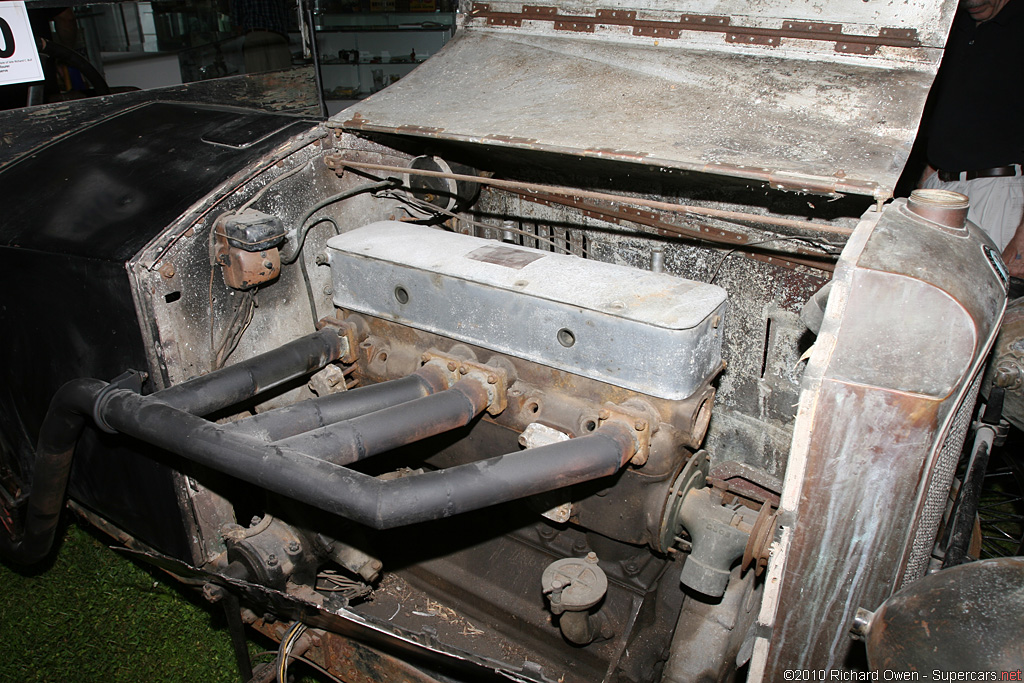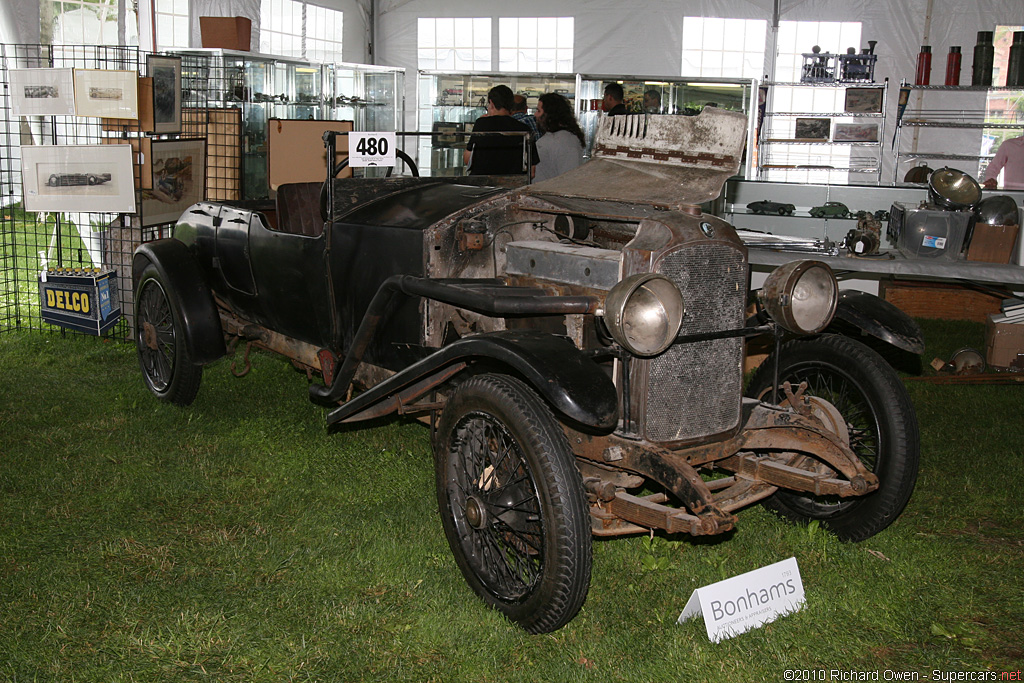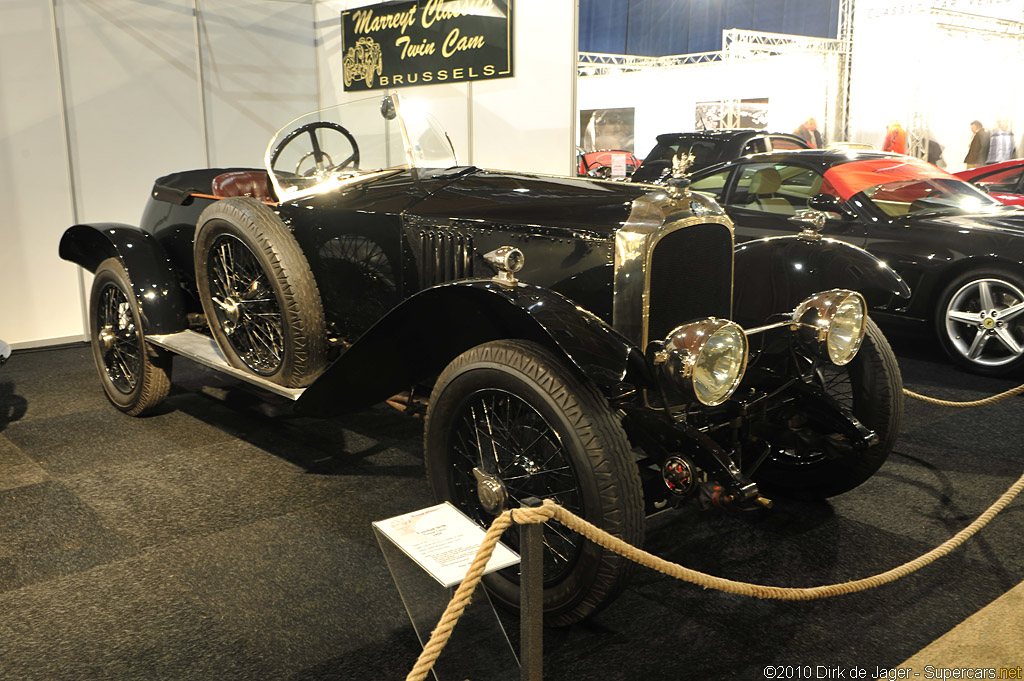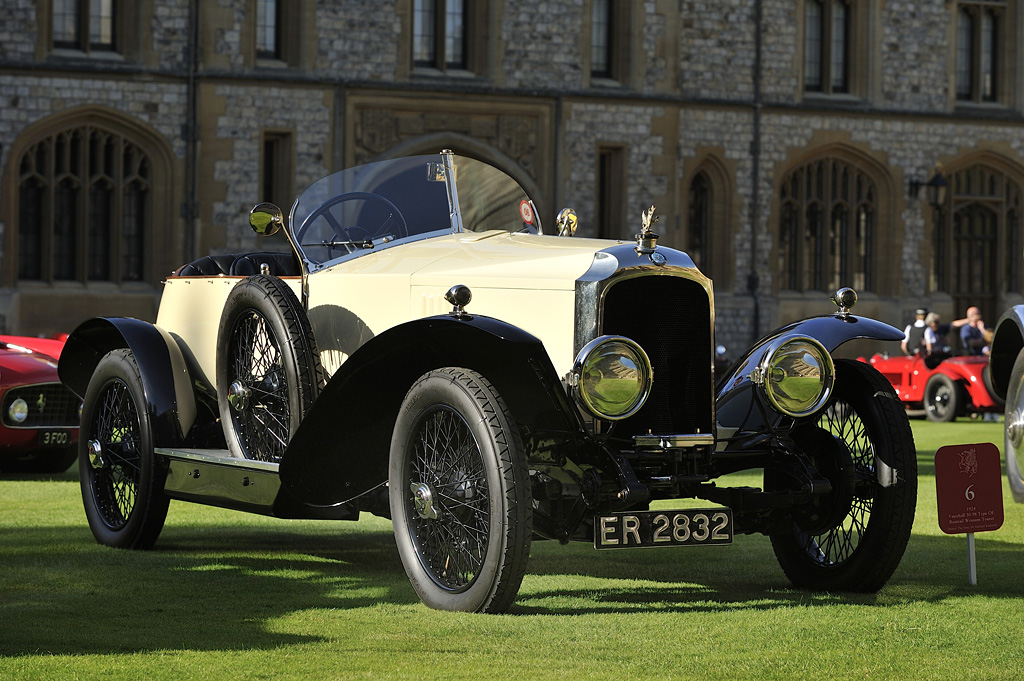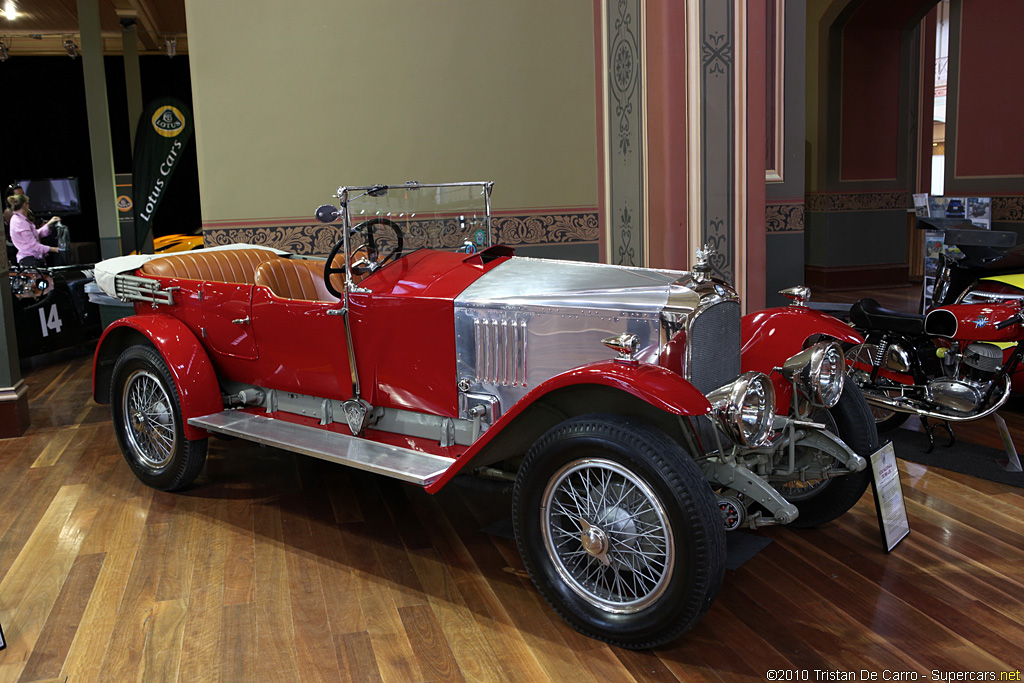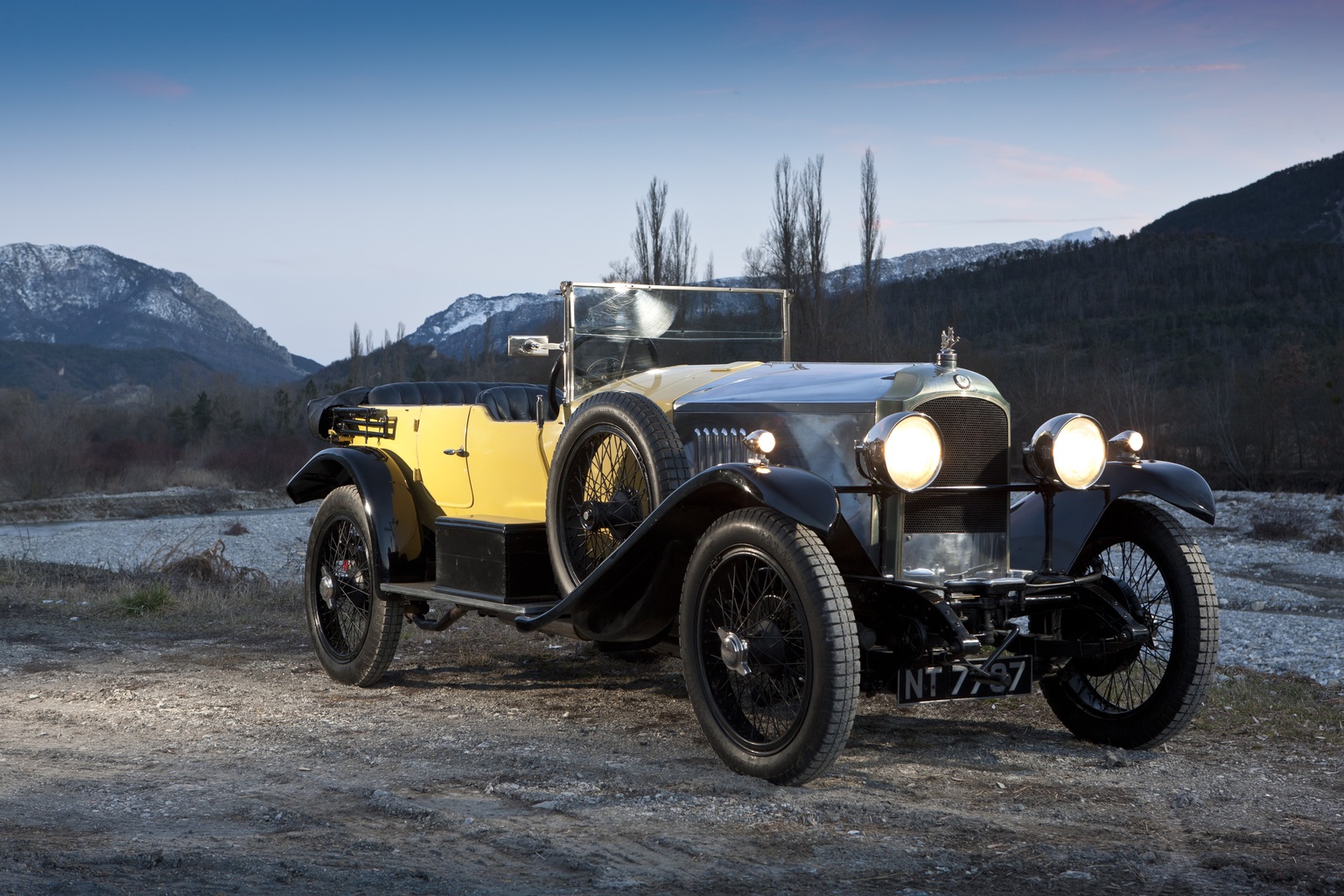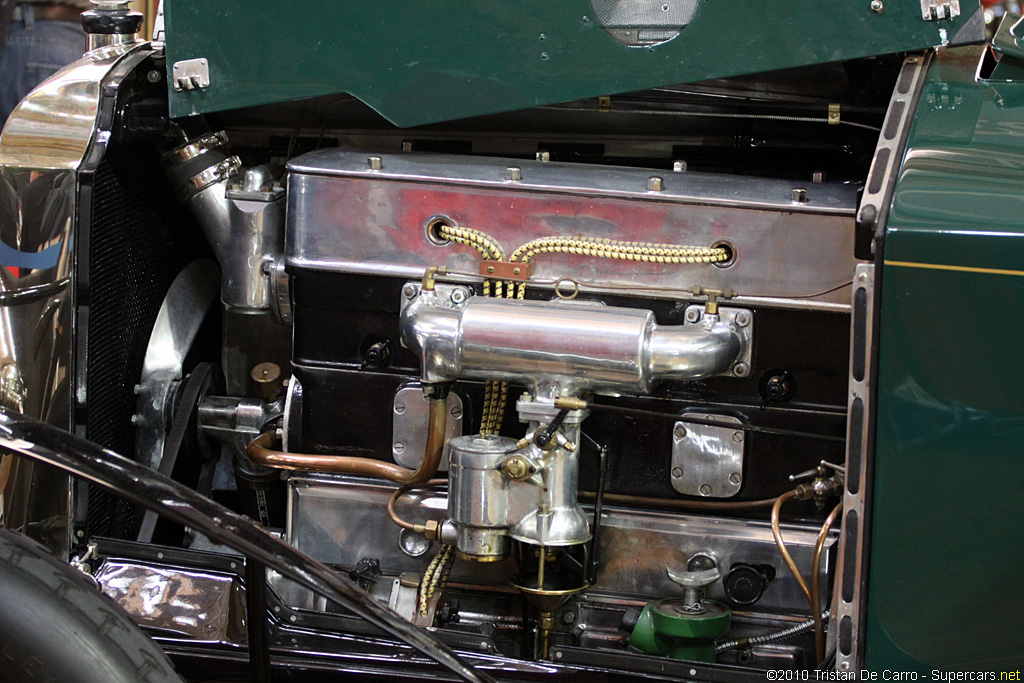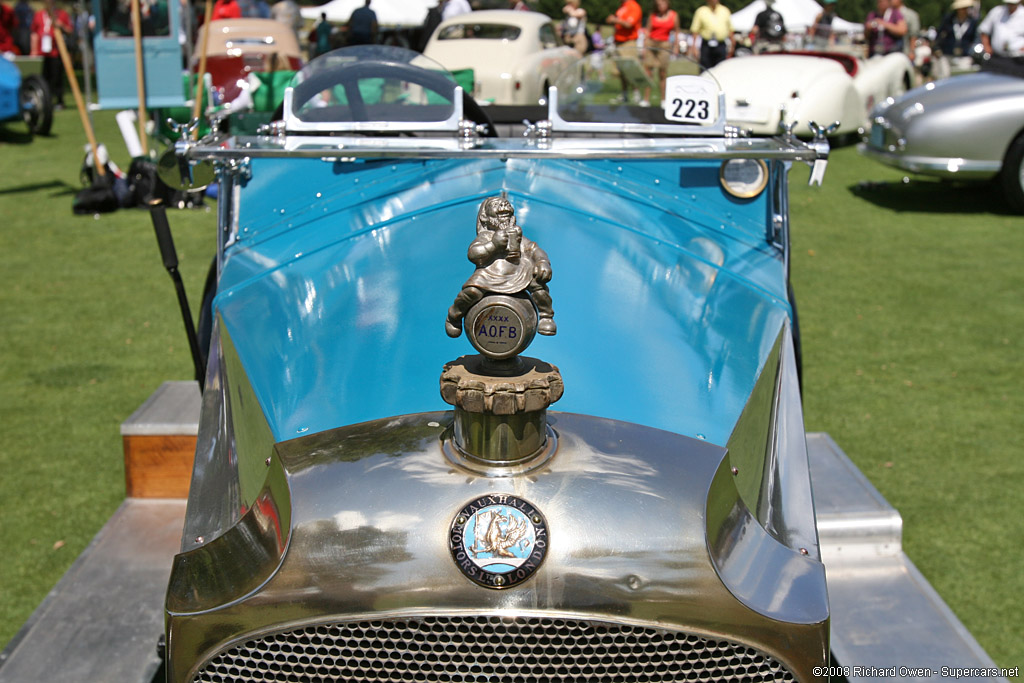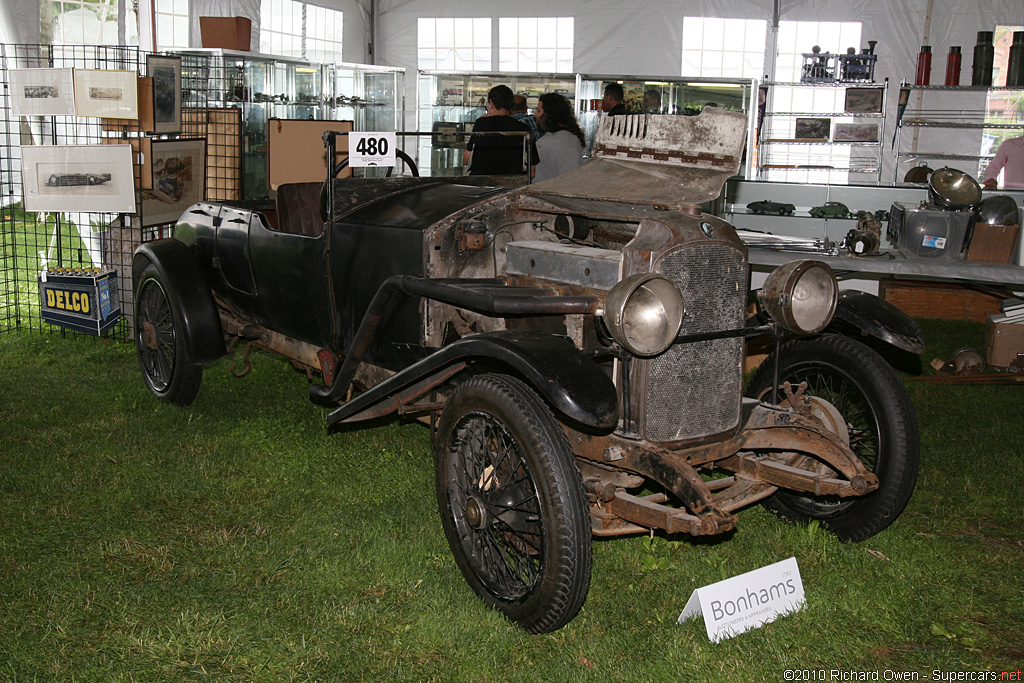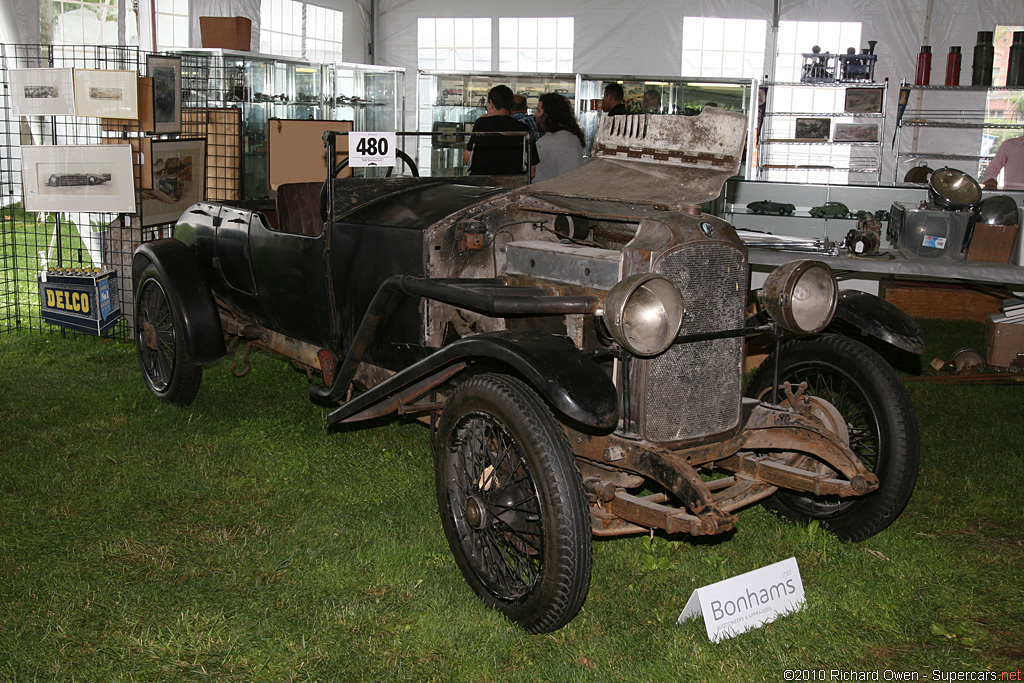1923 Vauxhall 30/98
Described as ‘The car of grace that sets the pace’, the 30-98 was derived from Vauxhall’s C10 ‘Prince Henry’ – acknowledged as the UK’s first real sports car – and was produced at a time when Vauxhall vied with Bentley in the prestige car market.
But armed with a kerb weight 400kgs less than a Bentley 3.0-Litre, a powerful engine and high axle ratio, the 30-98 became renowned as a high-performance car that could swallow long distances with ease. This made it particularly popular with drivers in the colonies, and explains why so many cars still survive in Australia today.
A precursor to the recently launched Cascada convertible, the 30-98 was actually developed in just 71 days, but went on to spawn a production run of 600 cars over a 14 year period (with a break for WW1). Remarkably, around a third of these cars still survive today.
At a time when car manufacturers promoted the performance, durability and handling of their products through competition, Vauxhall had already been successful in hillclimbs, grands prix and endurance trials since the company was formed in 1903 (now celebrating its 110th anniversary, it’s the UK’s oldest surviving car brand).
And the 30-98 represented the zenith of those achievements. On its first outing at the Waddington Fell hill climb in Lancashire, it set fastest time of the day, proving to the car’s designer, Laurence Pomeroy, and Vauxhall’s directors, Percy Kidner and Leslie Walton, that the car had a future, and production started in earnest.
Originally fitted with a 4,525cc side-valve four cylinder engine, producing 90bhp, the model was made in two basic types: E-type and OE-type, with the latter denoting the more powerful overhead valve cars producing 112bhp, and built between 1923 and 1927.
And it was the OE-type that became the first production car to exceed 100mph, partly prompted by a letter to The Autocar’s editor from a Major L.Ropner, complaining that he was unable to buy a road car that could cover a flying mile at more than 100mph!
Vauxhall responded by producing a stunning two-seater 30-98 for him in polished aluminium, with a full set of road equipment. On March 28, 1923 factory test driver Matt Park took the car to Brooklands and achieved a flying lap at 100.7mph, before delivering the car to Ropner, who used it extensively for competition, continental touring and commuting to London from his home in Yorkshire.
The British motoring press fell in love with the OE-Type 30-98, and in 1923 The Autocar subjected one to an early road test, recording a maximum speed (with standard Velox body and wind-breaking full windscreen) of 82.57mph – no mean feat at a time when most cars were struggling to top 50mph.
The Autocar went on to say: ‘Few cars have such graceful lines yet at once suggest unlimited strength allied to speed…and very, very few can take a corner stiffly with absolute certainty as this one can.’
1923 Vauxhall 30/98 Gallery
Auction Sales History
1926 Vauxhall 30-98 OE Velox Tourer OE264 – sold for $144,500 The earliest days of the car’s existence are still not clear, as records do not exist that place specific chassis numbers to specific buyers of these cars when new. What is known is that by the early 1930s it wore the British registration number ‘K 205’ (a number which itself dated from 1903/4 so had presumably been kept within a family and transferred onto the 30-98 when it was new). It is known to have been purchased by Dr. R. A. ‘Bobby’ Bea. Auction Source: 2010 Greenwich Collectors’ Motorcars and Automobilia Auction by Bonhams


